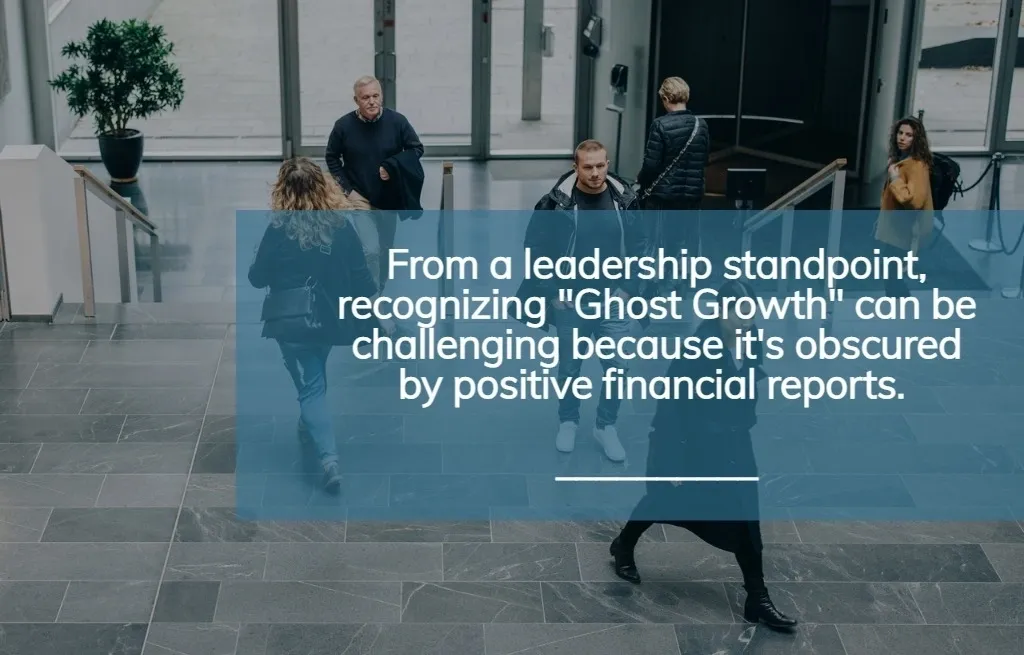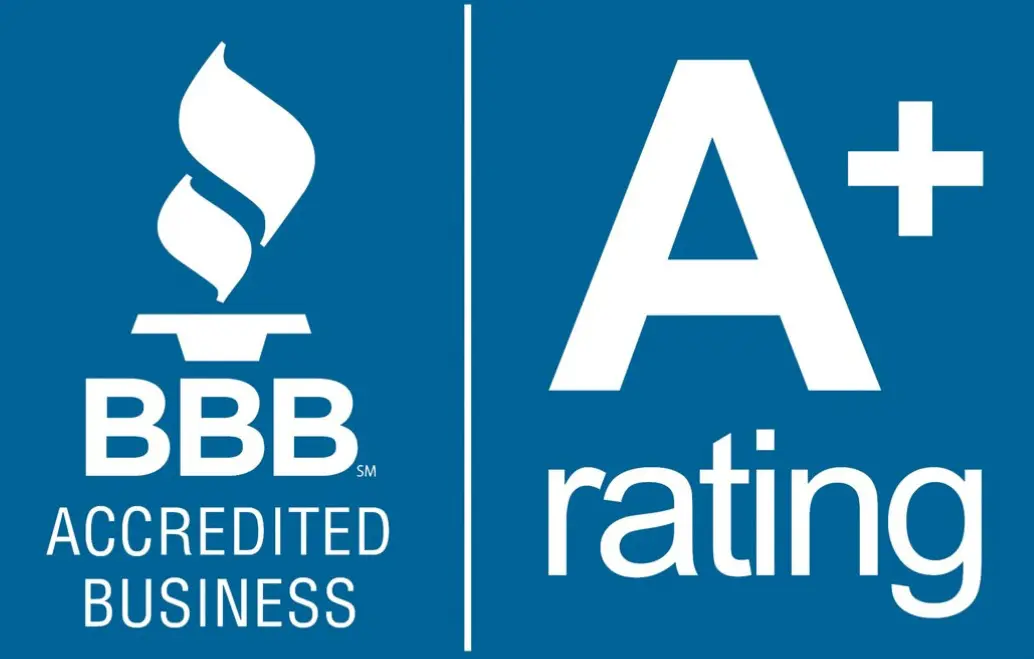Breaking the Cycle: How to Combat “Ghost Growth”

Have you ever looked at your company’s growth metrics—revenue up, new clients onboarded, maybe even a few new hires—and still felt a nagging sense that something isn’t quite right internally?
Employees seem disengaged, projects are slow, and the overall vibe is less “thriving” and more “treading water.” You might be experiencing “Ghost Growth,” but don’t sweat it! In this blog, Cisso, Bean & Dutch will explain the phenomenon…and what you can do to fix it.
What Exactly is “Ghost Growth”?
“Ghost Growth” is that unsettling paradox where an organization shows outward signs of expansion and success, but its internal systems, employee well-being, and operational efficiency are stagnant or even declining.
- It’s a silent, often overlooked issue that can hollow out a company from the inside, even as its external facade gleams.
- Think of it like a plant getting taller but not developing a stronger root system; it looks bigger, but it’s fundamentally unstable.
As leadership expert John C. Maxwell often notes, “Growth is an inside job.”
If internal growth isn’t keeping pace with external demands, problems are inevitable!
The Employee’s Problem
Feeling Invisible in a Growing Company
For employees, “Ghost Growth” can manifest as a frustrating sense of being overwhelmed and undervalued.
Increased Workload, Stagnant Support:
- As the company takes on more, individual workloads often balloon without a corresponding increase in resources, team members, or technological support.
- A survey by Gartner found that “sustainable employee performance requires employees to have clarity on what they need to accomplish and the resources to achieve those goals.”
- Without those resources, employees burn out.
Lack of Development
- In a rush to meet external demands, internal training, career development, and mentorship often take a backseat.
- Employees feel their skills aren’t growing, leading to stagnation.
- “People want to grow,” says talent management expert Josh Bersin. “If they don’t see a path, they’ll look elsewhere.”
Reduced Engagement
- When employees feel like cogs in an ever-growing machine, their connection to the company’s mission wanes.
- This leads to decreased morale and higher turnover intentions.
- Recent LinkedIn data consistently shows that opportunities for learning and development are key drivers of employee retention.
The Employer’s Dilemma
When Outward Success Masks Internal Struggles
From a leadership standpoint, recognizing “Ghost Growth” can be challenging because it’s obscured by positive financial reports.
Focus on Lagging Indicators:
- Companies often prioritize easily quantifiable lagging indicators like sales figures and quarterly profits.
- While important, these don’t always reflect the health of the internal ecosystem.
- “What gets measured gets managed,” but if you’re only measuring the external, you’re missing half the story.
Operational Strain:
- Rapid external growth without internal process optimization leads to chaos.
- New clients might mean new revenue, but if the systems for onboarding, service delivery, or internal communication aren’t scaling, efficiency plummets.
- This creates bottlenecks and stress for everyone!
Talent Drain:
The most painful long-term consequence for employers is the loss of top talent.
- Disillusioned employees, feeling overworked and under-supported, will seek opportunities where their personal and professional growth is prioritized.
- This leads to costly recruitment cycles and a loss of institutional knowledge.

Breaking the Cycle: How to Combat “Ghost Growth”
Recognizing “Ghost Growth” is the first step. The next is taking proactive measures to ensure internal health keeps pace with external success. Try to:
- Prioritize Internal Investment
Regularly review and invest in employee development programs, new technologies that streamline work, and robust internal communication channels. Don’t just budget for external marketing; budget for internal well-being.
- Measure What Matters Internally
Implement metrics that track employee engagement, professional development, and internal process efficiency. Regular pulse surveys and feedback loops are crucial. “Employee listening is no longer a nice-to-have; it’s a must-have for competitive organizations,” states a report from Qualtrics.
- Foster a Culture of Growth
Encourage mentorship, cross-functional collaboration, and continuous learning. Make it clear that employee development isn’t a perk, but a core business strategy.
- Strategic Scaling
Before taking on significant new business, evaluate whether your internal capacity and processes can genuinely support it without overwhelming your existing team. Sometimes, sustainable growth means saying “no” until your house is in order.
Don’t let your company’s external success mask internal decay. True, sustainable growth is holistic, nurturing both the balance sheet and the well-being of the people who make it all happen. Invest in your roots, and your branches will thrive naturally.
Want to learn more about the strategies and solutions above? Consider our Human Resources Consulting Services! We have an established track record of helping businesses implement “best-in-class” programs, and we’d be delighted to step in and help your team reach its full potential. Contact us today to learn more!

